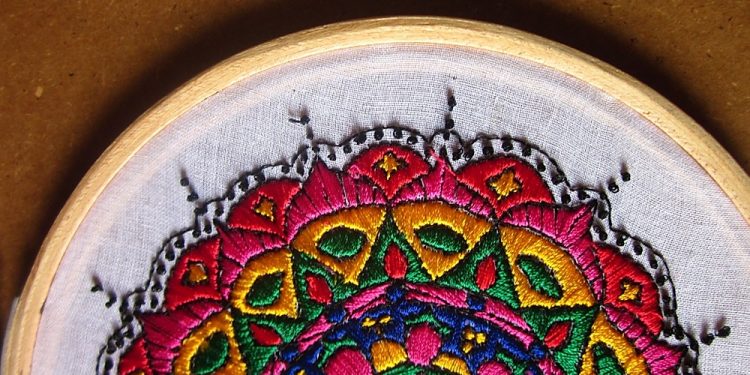Crafts, gaming, and programming are diligent and creative activities. These have a touch of intellect and individuality to them. But do they have anything in common? And where do cross-stitching, picture cross puzzles, and programming intersect?
Definitions
Cross-Stitching: The very basics of cross stitch is understanding that is a crafty process of making X-shaped stitches on fabric with a smooth weave like linen. When these tiny stitches combine, they present an intricate picture with subtle shading and uniform depth.
Nonogram: On a complex grid of rows and columns, numbers along the top and left edges specify the cells you need to fill or mark-off. Using logic, you paint the appropriate cells and cross-out the unnecessary ones, which then results in a beautiful pixel image.
Programming: This is a process of creating simple computerized instructions that command the system to perform different tasks. In short, it’s a way of communicating with computers to solve problems or interpret data. One of its use also includes the development of apps and software for educational or entertainment purposes.
The Parallels
So what do all these crafts have in common? Their process, artsy, and creative process!
You create new things no matter it’s by hand, through phone, or on a computer. Some minute elements may seem similar, but all crafts are unique.
What else? It’s also about the skills and techniques that you master over time! Flip the fabric, and it looks as neat as the front. Run a program without having to debug and in one go. Apply the punctuation technique in your picture cross puzzle when all other methods fail, to finish off the level just in time. It all speaks of perseverance!
The motivation behind crafting, solving logic puzzles, and writing codes are also similar. These three intersect at their very purpose – for one undertakes these activities to find solutions to some problems or needs. It’s all functional!
However, it’s not always bound to go as per your plans! So, it’s also essential to give some slack. Patterns that may seem perfect on paper might not look uniform when you start stitching. The same goes for gaming and programming – everything may look good in the production stage, but you may have to remain flexible throughout to get the desired results.
Whatever it is, there’ll be instances when your stitch still keeps going off, incorrectly marked space blocks further move, or the program fails. Don’t fret! Unthread the errors and fix them. Learn to identify warnings, and even if it takes long, keep giving your best shot! This is how you’ll deepen your know-how and build your project.
In The End
Despite all similarities, there’s a difference when it’s the case of human vs. machine concepts. But at the essence, it’s all about identifying a need, providing solutions to it, and achieving success. There are situations where cross-stitching, picture cross puzzles, and programming intersect. Still, with variations in place, they have their unique characteristics, and each can teach you things that you can incorporate in the other.





